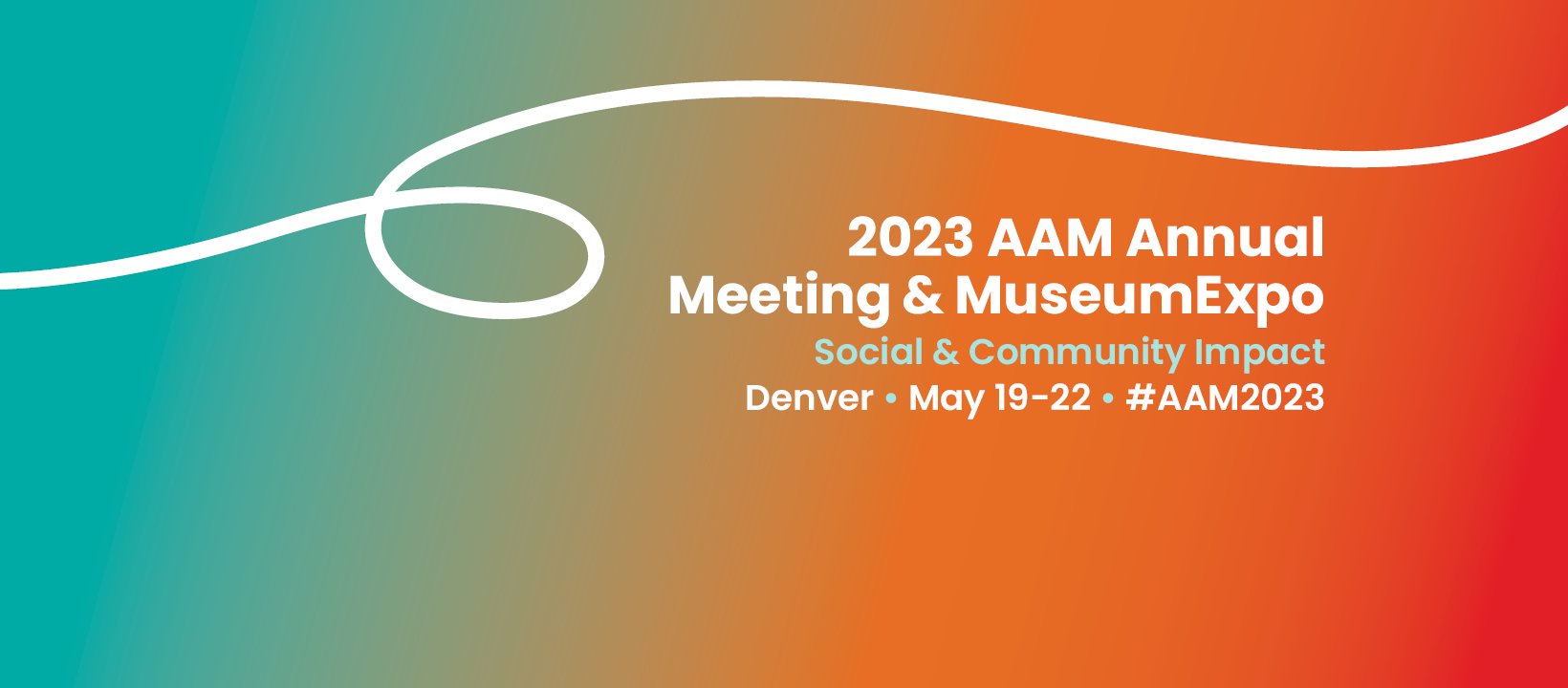It is always fun to take a moment as we close out a year to compare our favorite content to the popularity contest of the web. AI, Sustainability, and Preservation with technology led the charge. Keep reading for the most popular articles and podcasts.
Digital Strategy: Not Optional Anymore
Digital strategy has become a buzzword after the explosion of AI in the last 18 months. Yet, it is not about AI. AI has been the tipping point for organizations and professionals to recognize that they must update or create a digital strategy for success. Digitally-forward arts organizations already have a digital component as part of their strategic plan. Read more to understand the need for technology to be a core component of strategic plans and operations.
Top 10 Articles of 2023
How President Biden's Executive Order Might Affect Artists and Arts Organizations
On Monday, the headlines were ablaze with President Biden’s executive order addressing safe, secure, and trustworthy Artificial Intelligence. At 111 pages, the order offers a breadth of policy frameworks and standards creation that affect government operations and industry reporting. However, several areas of note have a direct potential impact on the work of artists and arts organizations: Watermarks of content authenticity, Copyright, and Labor.
Artificial Intelligence Can Change the Game for Artists and Organizations
The successful future of the arts and arts organizations will include artificial intelligence (AI). Artificial intelligence operates in many spheres, from generative AI, including OpenAI’s ChatGPT, DALLe or VALLe, or OtterAI’s transcription tools to robots cleaning offices to machine learning algorithms. While the opportunities seem both endless and perhaps intimidating, strategic application of these tools can make a significant difference.
American Alliance of Museums 2023 Conference Takeaways
2022 Top 10 Articles
Every year we review our analytics to highlight what you, our readers, have found the most compelling. In 12 short months, we have witnessed waves of new technology erupt onto the marketplace, like OpenAI’s Dall-e, and others tumble into chaos, most notably cryptocurrency. The top 10 show how YOU have followed the change.
Data Integrity -- The Foundation for Success in the Future
If you work in your organization’s management systems, how often are you caught by data that you cannot trust? The degradation of data integrity typically comes from human error (entry of data or maintenance), formatting inconsistencies, collection processing errors or data field misalignment, or, for larger companies, data breaches. This article will help clarify how to create ecosystems for data integrity and the opportunity a strong data infrastructure provides for a data-ready future.
Theatre Futures: Data and Strategy
The 2022 Theatre Communications Group conference offered virtual, hybrid, and in-person experiences. Hosted in Pittsburgh, the conference adeptly revealed the opportunities and challenges facing the field as theatre artists and institutions navigate their futures. The following summary offers two core takeaways from the conference, focusing on a theatre administration future of human-centered strategies allowing adaptive innovation within a constantly changing ecosystem.
Be Bold and Transform: Takeaways from the 2022 Alliance of American Museums Conference
The 2022 Alliance of American Museums’ conference in Boston offered bold and transformative ideas that all arts organizations need to understand as they re-create their operations and strategies for 2022 and beyond. Recognizing that “Normal is not the goal post” is the critical first step. A summary of highlights from my point of view might inspire you, or at least offer excellent conversation starters in your next meetings.
2021 Top 10 Most-Read Articles
As we welcome 2022 for myriad reasons, be sure to catch up on what you missed in 2021 by reading out top 10 most read articles. Surprisingly (or not), while the last year continued to show interest in covid’s impact on technology and work, our readers were curious about a broad set of content — from NFTs to using technology to track dance. Which of these articles did you read, or miss?
The State of Trust: Consumers and Transparency in the Entertainment Industry
The business of trust is complicated. The topics of trust, authenticity, and transparency have emerged as what consumers expect from businesses today (MultiVu - PR Newswire, 2020). This study looks at the entertainment industry and how these topics are central to the relationship between media and entertainment companies and consumers. Findings reveal simple but pivotal changes businesses can make to succeed.
What Arts Organizations Can Learn From Sports: The NBA
This week, AMT Lab has been investigating what lessons arts organizations can learn from sports as they seek to provide engaging digital experiences for audiences. The National Basketball Association (NBA) is the most prestigious and well-known basketball league in the world, making it imperative that they continue to engage their fans during the pandemic while securing revenue from broadcasts. They found solutions that would permit fans, specifically younger generations, to continue to interact with each other during the games—something that arts organizations could apply to their virtual performances.
What Arts Organizations Can Learn From Sports: La Liga
As arts organizations look to provide digital experiences to engage audiences, there are lessons to be learned from sports leagues that have restarted seasons and successfully broadcast them to international audiences amidst the Covid-19 pandemic. One example is La Liga. The Spanish league most commonly known as La Liga is one of Europe’s top five soccer leagues. The 2019-2020 season kicked off on August 16, 2019 and was set to go until May 2020, but as the world—and Spain specifically—saw the rapid growth of Covid-19, the league was temporarily suspended. With the campaign entitled #BackToWin, it was the second major European league to resume, with no fans in the stadium and strict safety guidelines. To make the matches a marketable product from an entertainment standpoint, broadcasters experimented with AR “fans” and artificial crowd noise. A spike in La Liga’s international viewership reflects not only the fans’ desire for the return of live sports, but also the value of the product La Liga and its broadcasters were able to create. As sports—and the arts—look for ways to perform virtually, La Liga offers an example for how to do so successfully.
What Arts Organizations Can Learn From Sports in the New Normal
So why sports? Although the general perception of the sports industry focuses on teams and their players, the sports industry encompasses a vast number of stakeholders that affect the state of the industry. The industry is made up of a complex web of live sporting events, food stands, media rights, and brand sponsorships. Most importantly, as with the arts, fans and audiences play a key role when it comes to analyzing the state of the industry. Unlike the situation for arts audiences, the global sports market is growing and expected to continue to grow due to esports, an increase in the number of internet accessible devices and the advent of 5G. What opportunities could this offer arts organizations looking for digital innovations to reach audiences?
Planning Our Equitable Digital Future
2020 has been and will continue to be notable for all but especially artists and arts institutions. Globally we are facing the uncomfortable realities of a pandemic that has brought the arts industries to their knees, economically, particularly the performing arts. Demands for racial and social justice come with a reckoning for many arts institutions — for their own participation in the industrial model that creates inequity in hiring, programming, training, even foundation giving.
As a researcher, artist, academic and former managing director, I hope that 2020 is a year that will offering us, as an industry, a pause to rethink how to do our artistic work in more equitable, inclusive and relevant ways. To create clarity as we re-think institutional systems , it is important to turn to data about our own institutions as well as our audiences in order to become the relevant and vibrant institutions that all communities deserve. In this short article, I will connect information from the recent national survey by LaPlaca Cohen and Slover Linett, “Culture and Community in a Time of Crisis” and emerging best business practices heralded by McKinsey and Co. and other thought leaders in the business field.
What You Were Reading in 2019: Top 10 in Arts Management & Technology
In 2019 the Arts Management and Technology Lab researched a wide breadth of content, from product reviews of image editing software to industry analysis of music streaming. As the year draws to a close, looking back through Google analytics offers a perspective on what the arts management field was particularly keen to learn over the year. Read on to see if the top topics align with any of your particular interests or passions.
The Future of AI and Audience Engagement in the Arts
NY Live Arts hosted the Arts + AI Symposium, Saturday May 11, 2019. The Symposium was part of Live Arts, their annual humanities festival of arts and ideas. The 2019 Festival AI: Are You Brave Enough for The Brave New World? pondered a future with artificial intelligence, a technology that promises to revolutionize human existence. The festival headliner was a performance by discrete figures. Other activities included a hacking camp for teens and panel discussion on the Future of Work.
The Art + AI Symposium offered the sold-out crowd a speed dating style share-out from panel participants. As the manager in the group, I provided a perspective on AI focusing on how institutions will begin connecting the art to the audience using emerging technologies. The following article provides a summary of the frameworks and solutions I presented.























